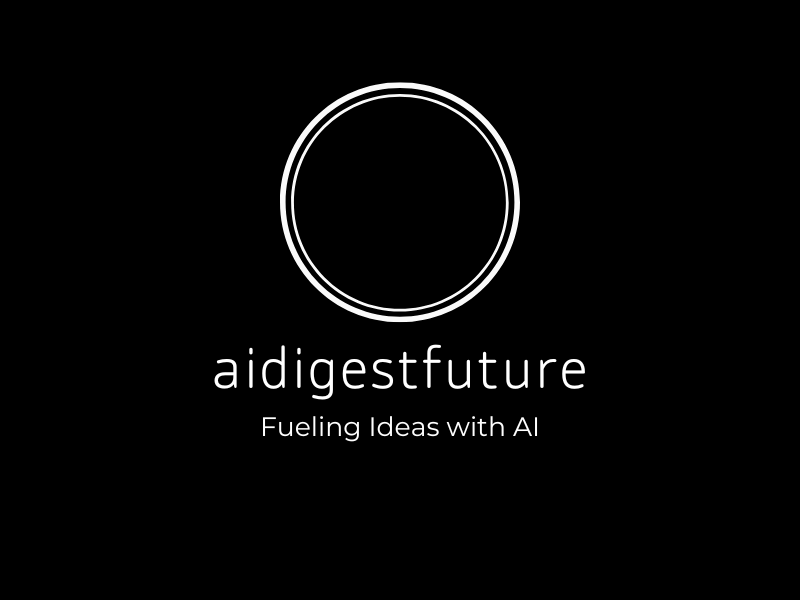
Revolutionizing AI Energy Efficiency with On-Chip Algorithms
Artificial Intelligence (AI) is transforming every corner of our digital lives, from powering virtual assistants to enabling autonomous vehicles. However, there’s an energy problem lurking behind the scenes. The computation-heavy operations in deep learning models consume enormous amounts of energy, posing challenges not just to the environment but also to scalability. Enter AI-powered on-chip algorithms — an innovative solution that slashes energy use in deep learning systems without sacrificing performance.
In this post, we’ll explore how on-chip algorithms are redefining deep learning energy efficiency, why they matter, and how they could shape the future of AI.
Understanding the Energy Problem in Deep Learning
Deep learning involves processing large datasets to train AI systems to make decisions, recognize patterns, and accomplish human-like tasks. While breakthroughs in neural networks have pushed AI’s accuracy and capabilities toward new heights, these advances come at a steep cost: energy consumption.
The underlying reasons for high energy consumption in deep learning include:
- High computational complexity of neural networks.
- Repetitive training processes on large datasets.
- Excessive data transfer between different hardware components.
For large-scale AI applications like natural language processing (e.g., GPT or BERT) or computer vision, training can require thousands of GPUs running for weeks. This significantly increases electricity usage, carbon emissions, and costs for researchers and businesses alike. Tackling this issue is crucial to make deep learning sustainable, scalable, and accessible.
What Are AI-Powered On-Chip Algorithms?
AI-powered on-chip algorithms are techniques embedded directly into processors, enabling real-time computation with reduced energy requirements. Unlike traditional approaches, which rely on sending data back and forth between a central processing unit (CPU) and memory or external accelerators, on-chip solutions localize operations. This inherently minimizes data movement — a primary cause of energy loss.
How do AI on-chip algorithms work?
- Integrating computations within the hardware pipeline.
- Using algorithmic optimization techniques to reduce redundancy in neural network operations.
- Adopting lower-precision arithmetic that still maintains accuracy.
- Leveraging specialized architectures like tensor processing units (TPUs) and neuromorphic chips.
As a result, these algorithms ensure that deep learning systems run faster and more efficiently, offering massive savings in energy usage.
Key Benefits of On-Chip Algorithms for Deep Learning
The growing interest in on-chip algorithms stems from the tangible benefits they provide for both energy efficiency and AI performance.
1. Drastic Reduction in Energy Consumption
Energy optimization is the most obvious and significant advantage of on-chip algorithms. By reducing data movement and using optimized lighter-weight models, they curb unnecessary power drain.
This energy savings not only lowers costs but also reduces the environmental impact of AI systems. It’s a win-win scenario for both developers and the planet.
2. Improved Computational Speed
Since on-chip processing reduces the need for external memory accesses, operations happen much faster. This is critical for applications where latency matters, such as real-time video processing or autonomous vehicles.
3. Enabling AI in Edge Devices
AI-powered on-chip algorithms are key to advancing edge computing — running AI applications on devices like smartphones, wearable technology, and IoT sensors.
Edge-friendly AI expands the accessibility of machine learning and opens up opportunities for new use cases where portability and energy independence are necessary.
4. Lower Operational Costs
By cutting down the energy overheads, companies deploying AI at scale can save millions annually. Training AI models in energy-efficient settings significantly slashes the overall infrastructure costs associated with high-performance computing (HPC).
On-Chip Algorithms in Action: Real-World Examples
The promise of AI-powered on-chip algorithms isn’t just theoretical. Companies and research institutions are already pushing the boundaries to integrate these energy-efficient systems.
Google’s Tensor Processing Units (TPUs)
Google’s TPUs, special processors designed for AI workloads, heavily rely on in-chip optimizations. By focusing on matrix computations commonly used in deep learning models, TPUs reduce training and inference costs dramatically.
Apple’s Neural Engine
Apple has been incorporating a neural engine into its A-series chips, which powers AI capabilities such as facial recognition and natural language processing. The on-chip design allows these processes to run efficiently on devices like iPhones and iPads, without reliance on cloud servers.
Neuromorphic Chips
Inspired by how the human brain operates, neuromorphic chips are another innovation in on-chip design. They emulate the way neurons and synapses process information, resulting in a massive reduction in both energy consumption and computational latency.
Challenges and Future of On-Chip Optimization
Despite their promise, there are challenges in developing and deploying on-chip algorithms:
- Design Complexity: Creating specialized chips and embedding algorithms demands highly skilled engineering teams and significant resources.
- Lack of Standardization: As the field evolves, standard frameworks for implementation are still lacking, potentially slowing adoption.
- Trade-offs Between Accuracy and Efficiency: Optimizing for energy efficiency occasionally leads to slightly lower accuracy, which can be problematic for some use cases.
Looking ahead, advancements like 3D chip stacking, better cooling mechanisms, and wider adoption of precision optimization could further enhance the scalability and efficiency of on-chip solutions. Collaboration between hardware manufacturers and deep learning researchers will play a pivotal role in overcoming these barriers.
Why Energy-Efficient AI Matters
As AI continues to grow in influence, its environmental and economic impacts cannot be ignored. Energy-efficient AI isn’t just a nice-to-have — it’s essential for the following reasons:
- Sustainability: Reducing energy demands aligns AI development with global efforts to combat climate change.
- Scalability: Lower operational costs make it feasible for businesses of all sizes to integrate AI solutions.
- Accessibility: Energy-efficient, low-power AI enables the deployment of machine learning on edge devices, bringing intelligent systems into more hands.
Conclusion: A New Era for AI
AI-powered on-chip algorithms are setting the stage for a revolutionary leap in deep learning efficiency. By addressing the energy and computational bottlenecks of current systems, they allow us to harness the full potential of artificial intelligence while staying environmentally conscious.
As companies like Google, Apple, and others innovate with these technologies, the combination of smarter algorithms and leaner hardware will pave the way for more sustainable, scalable, and accessible AI solutions. The future of AI isn’t just about being powerful — it’s about being energy-efficient, too.

I don’t think the title of your article matches the content lol. Just kidding, mainly because I had some doubts after reading the article.